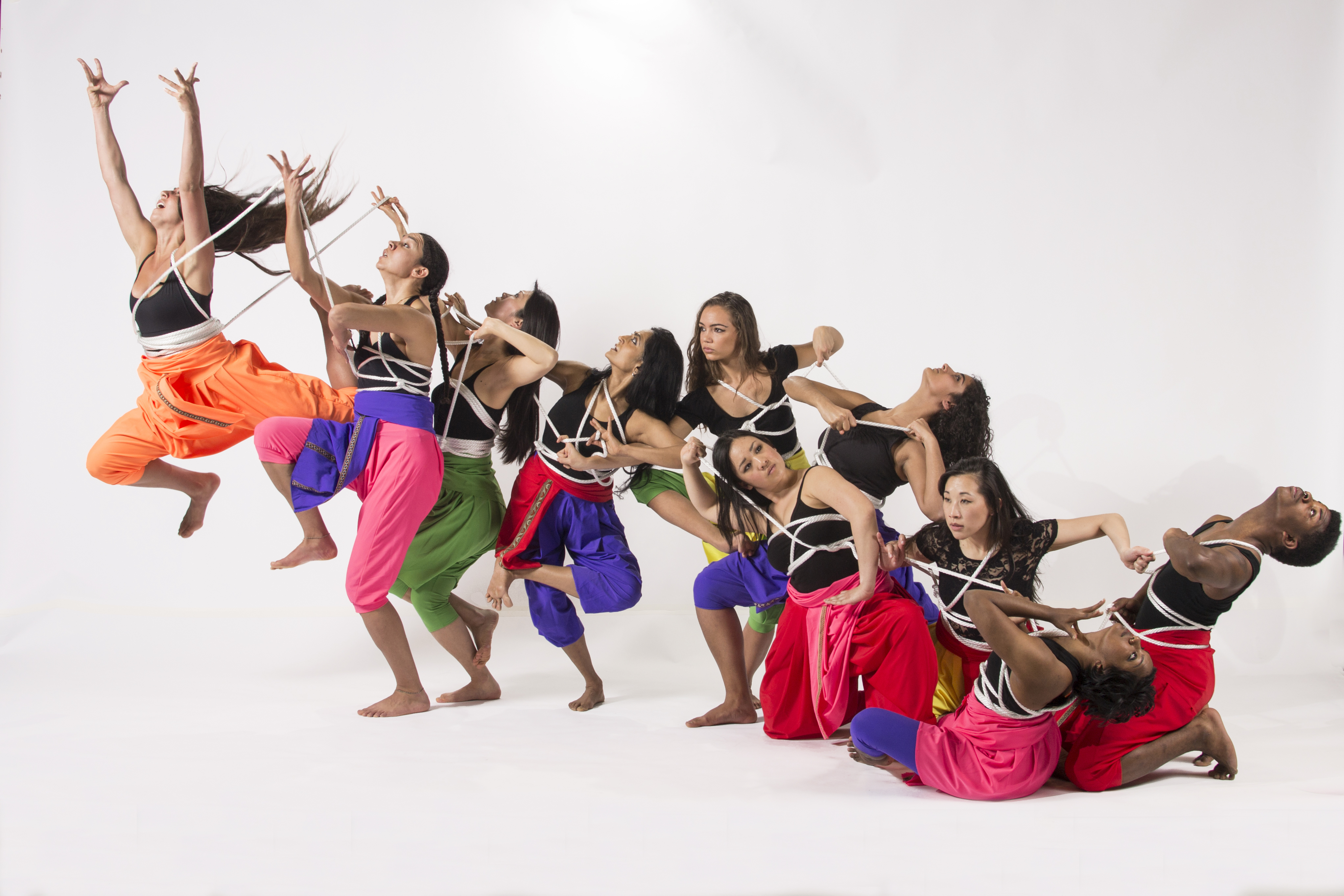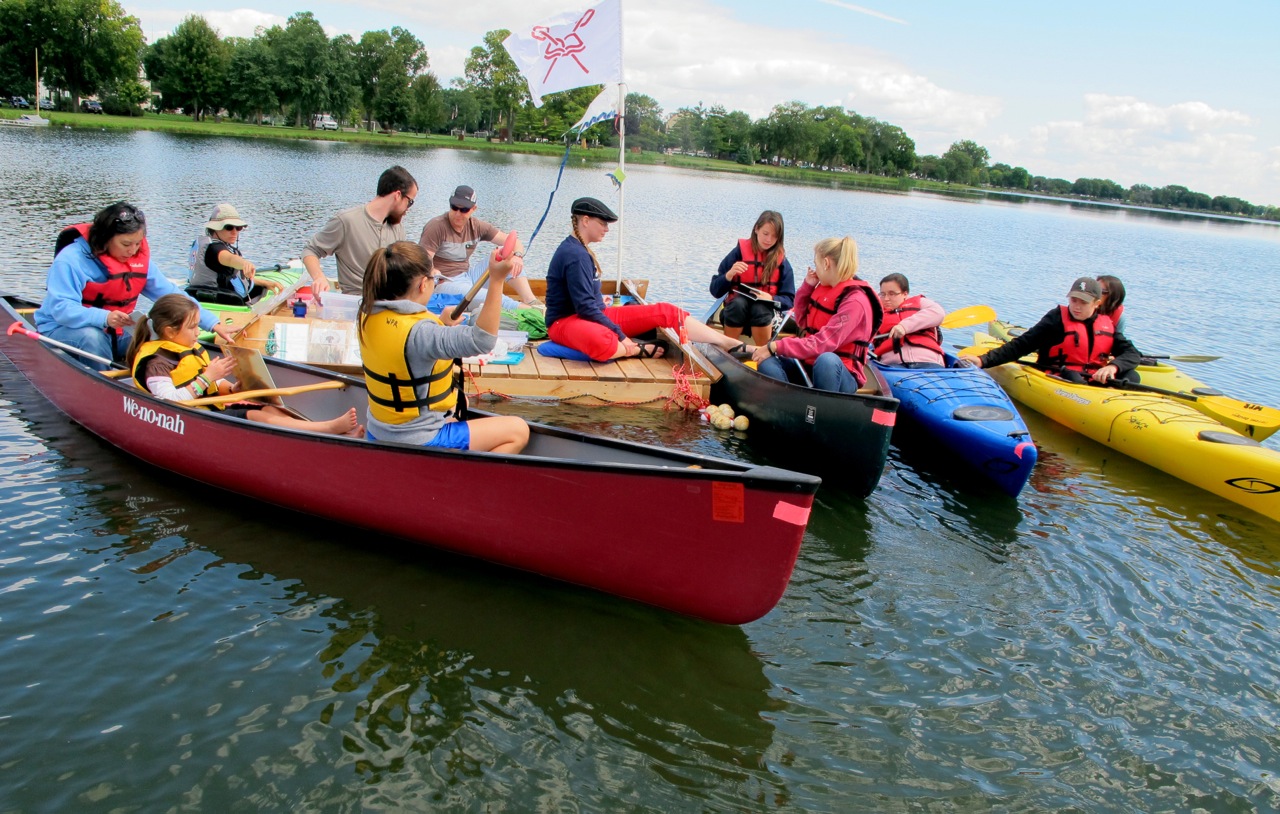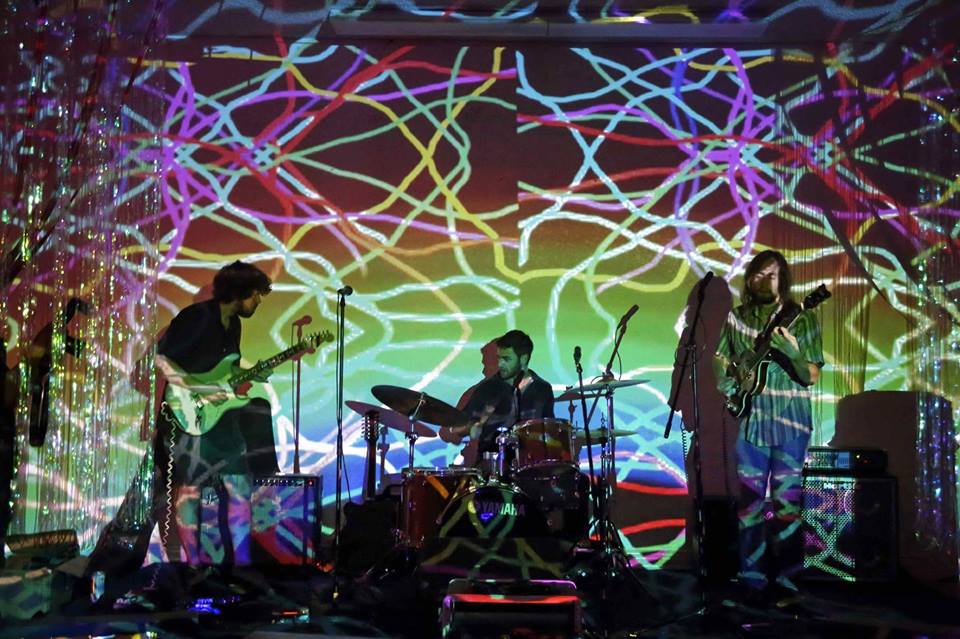
How the Knight Arts Challenge “turbocharged” arts organizations
Each year, the Knight Arts Challenge helps arts organizations’ biggest ideas take flight. Along the way, the funding also allows them the time, tools and training to elevate their work, opens up their organizations to new audiences and much more. As this year’s challenge continues to accept submissions in four cities through April 28, we talked to several recent grantees about the impact of the challenge on their work.
The challenge “turbocharged us”
St. Paul’s Ananya Dance Theatre has recently been able to expand its reach on a global scale, says Managing Director Gary Peterson. The company, composed mostly of women of color, performed its food and agriculture-themed production ‘Roktim’ at the National Theater in Ethiopia last year.
[Knight funding] allowed us to create a production to the scale that we’ve always aspired to, and to do it right. Because we had put so much intense effort into it and were able to refine it, it was ready to go and well received. The ancillary of the travel was the degree of worldwide visibility. That included a presence on the U.S. Embassy’s Facebook and Twitter feeds. The Asian-American Press in Minnesota – which has a large international readership – covered it, and that report was picked up by the Ethiopian government as well, and put on the website of their embassy. We would not have had any of that PR if not for the Knight support.
Beyond that, it’s just, you could say, turbocharged us. Every organization aspires to incremental growth in its programming budget as its audience develops and people become aware of it. The long-term effects have been to give us a great deal of push. A lot of this is just the intangible of our increased confidence, and the fact that there are people who paid attention and started to buy in.
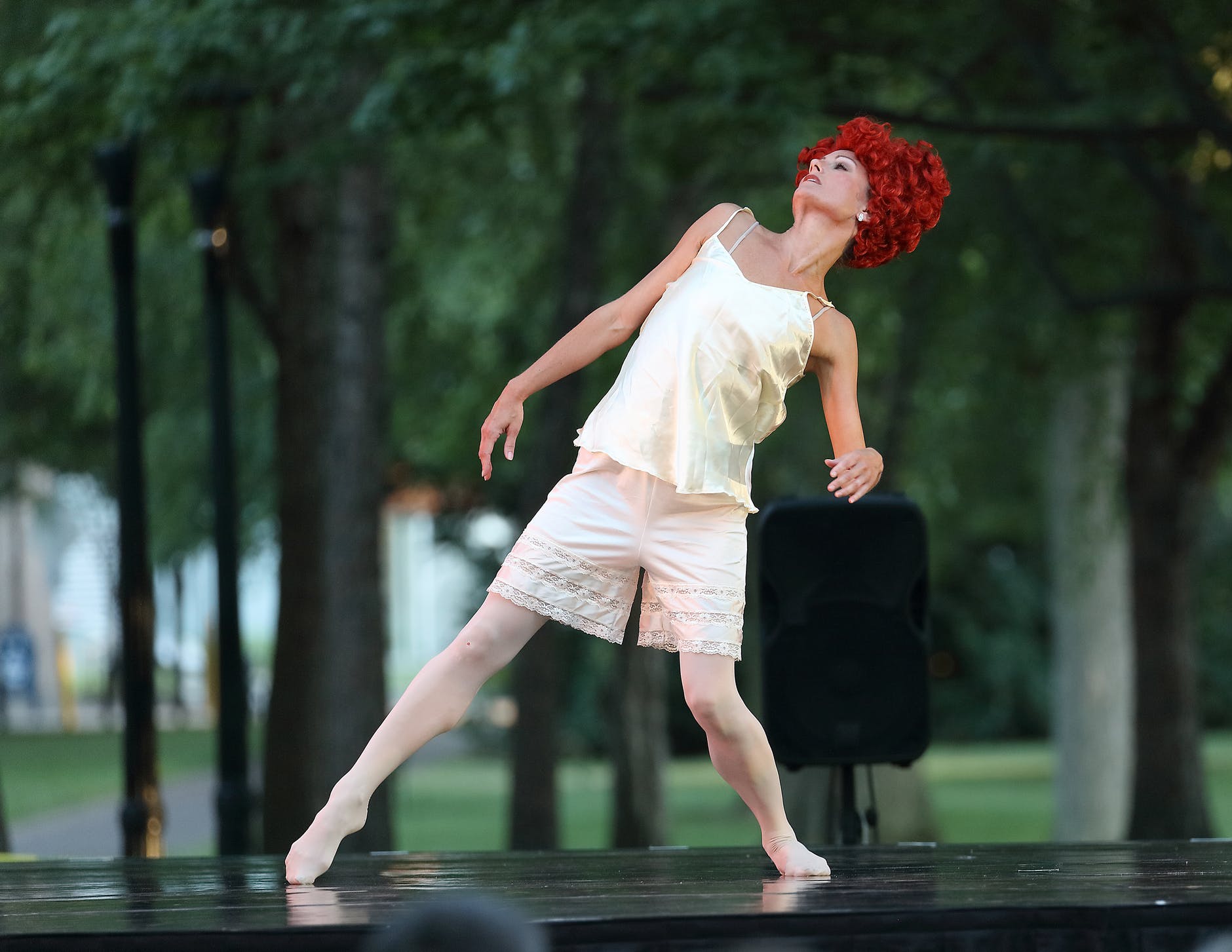
Freedom to experiment with new works
Akron’s Neos Dance Theatre is the winner of multiple Knight Arts grants, most recently for “Dance.r.evolution,” a production kicking off this month that melds ballet with hip-hop culture. Artistic Director and Co-founder Bobby Wesner says that’s just the kind of collaborative freedom Knight funding allows the group.
“Neos” is a Greek word meaning “to start something new,” and a large goal of Neos is to harbor and encourage new artists, their work and the development of a culture to help sustain it. Knight funding has played a very important role in that process so far. [The Knight grant] allows us to spend some time and focus in the “lab” creating some trial and error exercises, and allowing us the freedom to throw some stuff away. It also has opened up the opportunity for us to cross paths with a lot of other artists.
Knight funding, for the last few cycles, has mostly been focused around acquiring new work. Whether we’re creating it in-house, bringing in guest choreographers, or re-staging well known choreographers’ works, that has been the premise. The Knight funding has also allowed us to create alongside artists with new mediums that we wouldn’t have otherwise been able to engage: film, animation, visual effects.
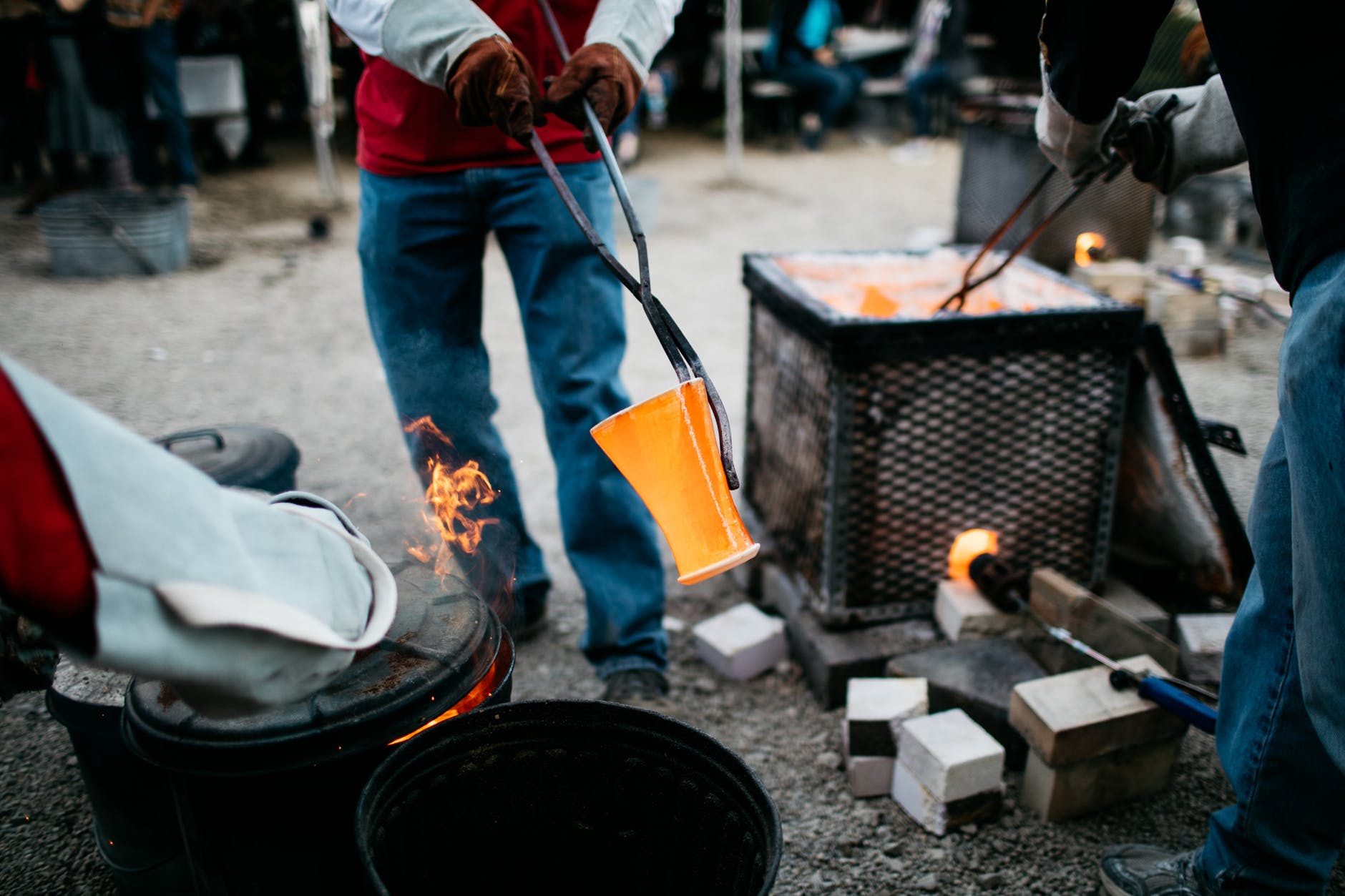
Making art more accessible
Pewabic Pottery’s Knight-funded project converts a van into a traveling ceramic art museum that brings hands-on pottery-making experiences to people across the Detroit area. Executive Director Steve McBride says the project works as both a practical exercise and a meaningful metaphor.
Knight funding is helping us create a mobile clay party… Participants will have the opportunity to decorate a pot, which will then be fired on site using the Western raku method, a dramatic process of firing pottery in which work is pulled red-hot from the kiln and then placed in containers of combustible materials to create unique glaze effects. Because the art is literally revealed out of the ashes, we see the raku process as a perfect metaphor for Detroit’s creative rebirth: “Speramus meliora; resurgent cineribus.”
Knight funding is allowing us to connect with and inspire a wider community outside of our pottery, to take an experience we’ve previously only been able to provide at our National Historic Landmark facility and offer it to residents all over the city. Through this project, we’ll be able to share an exciting art process with many people who might never have heard of Pewabic Pottery or thought about ceramics. Pewabic’s mission is to enrich the human spirit through clay. We do that through the ceramic art we create and by sharing the process of making art. By helping us package that experience and take it on the road, Knight funding is extending our reach and making our art more accessible.
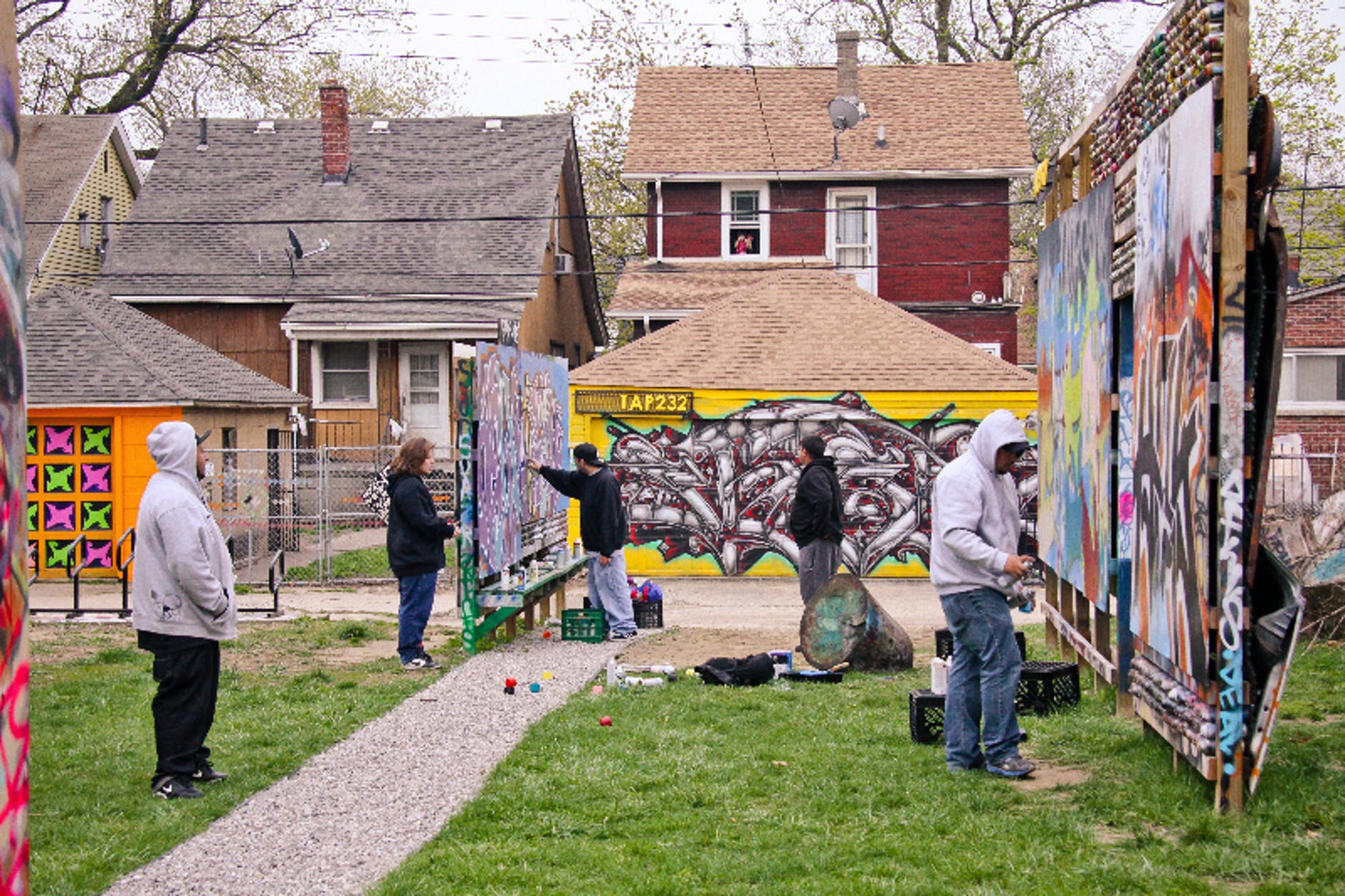
Encouragement to think outside the box
Detroit’s Young Nation collective’s ambitious Alley Project turns underused spaces into art facilities, and includes renovating a vacant building for use as a programming and performance venue, along with administrative offices and rental space. Founder Erik Howard values the Knight Arts Challenge’s unique application process, which lets artists examine their work from a different angle.
Knight Arts helps us start reaching our goal before the funding even comes. Specifically, the application process is so accessible. The 150-word pitches really lend themselves to processes we like to engage in from the beginning, before we even know if we’re funded. We get together with partner, participants and neighbors for input on things that we want to do, and then we group those into categories and formulate them into ideas. That groupthink process makes it fun for us to come up with pitches, for once.
The way that Knight Arts works, where you become a finalist and then you’re invited to flesh out your proposal, giving it a budget, a timeline, identifying your partners and stuff like that, also is in line with our ideal way that we like to develop programs. Sometimes in grant processes, you don’t give yourself the time and the space to do things exactly how you want to. The Knight Arts process encourages that to happen all the way through. If you try to come up with “a Knight Arts-type project,” you can’t, because they span the spectrum. It’s really encouraged to be out of the box.
Submissions for the Knight Arts Challenge, which funds the best ideas for the arts in Miami, Detroit, St. Paul and Akron, are open through April 28 at knightarts.org.
Ira Brooker is a St. Paul-based writer.
-
Arts / Challenge
-
Arts / Article
-
Recent Content
-
Artsarticle ·
-
Artsarticle ·
-
Artsarticle ·

